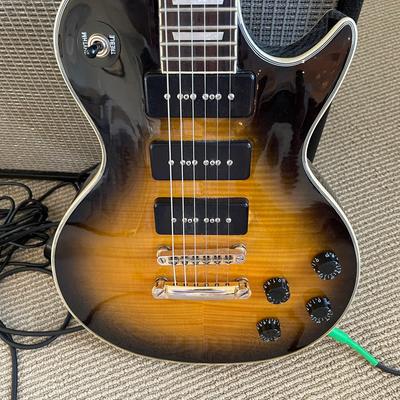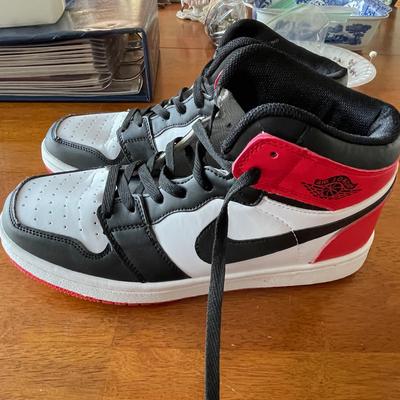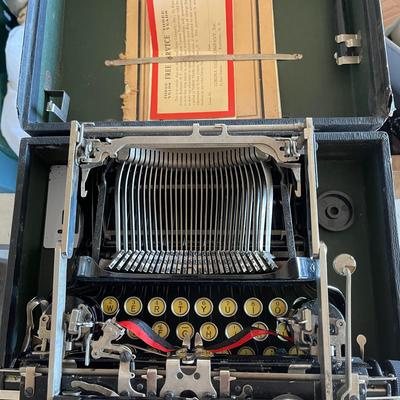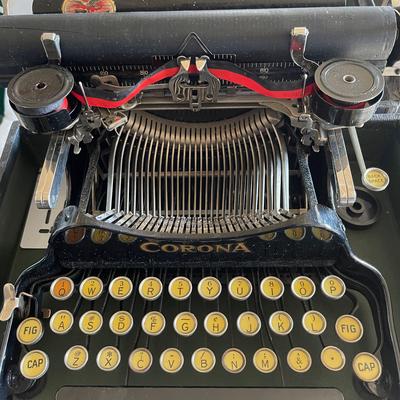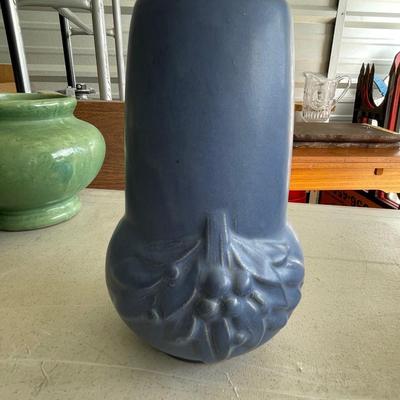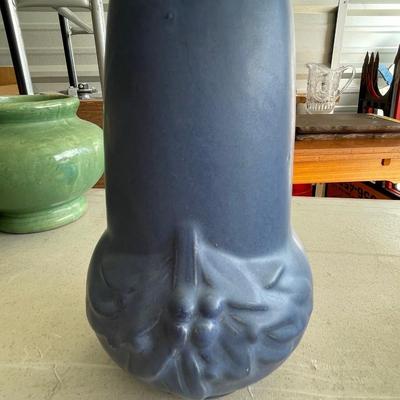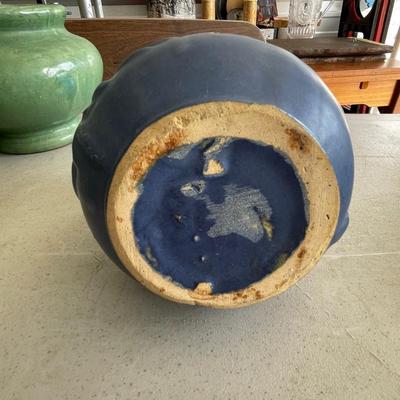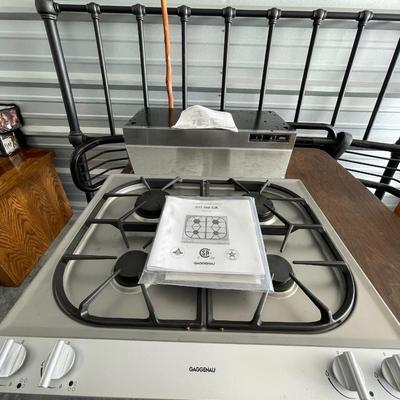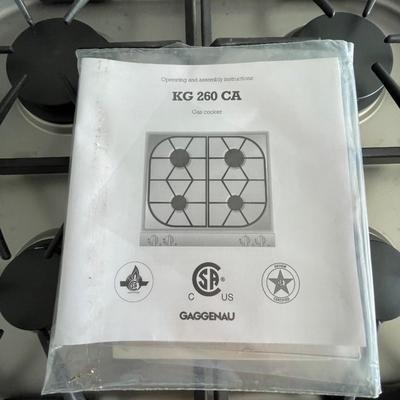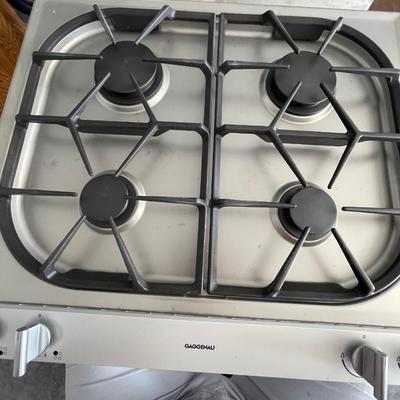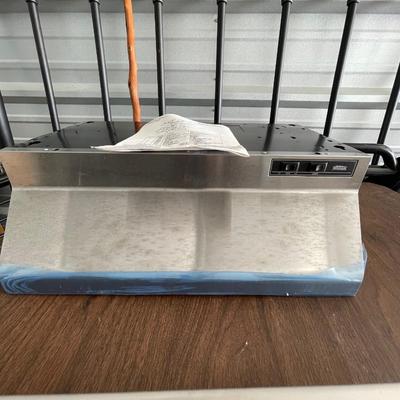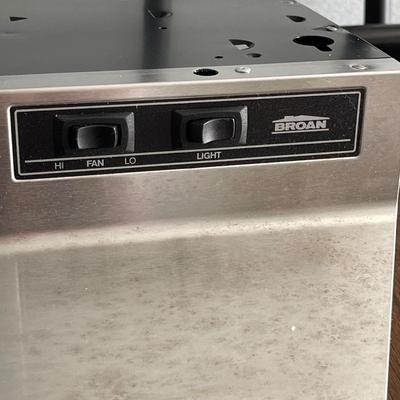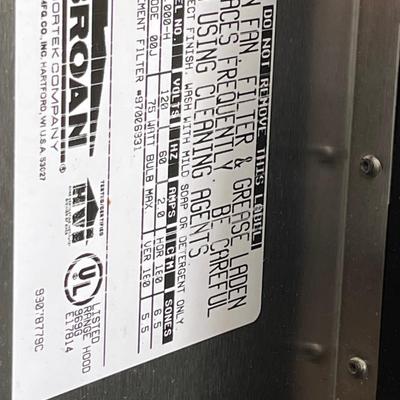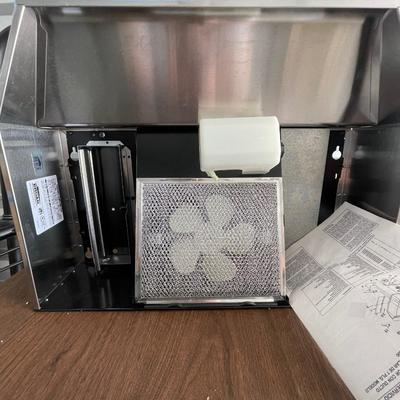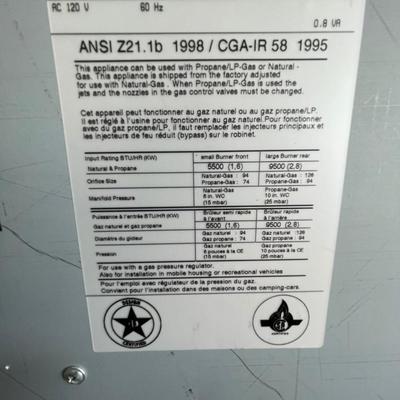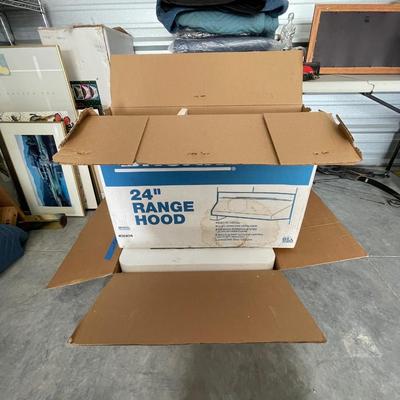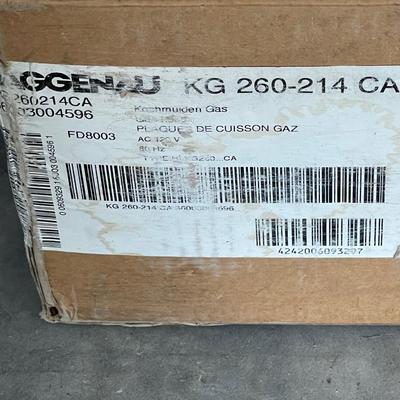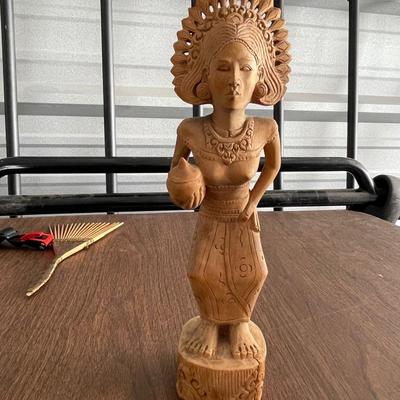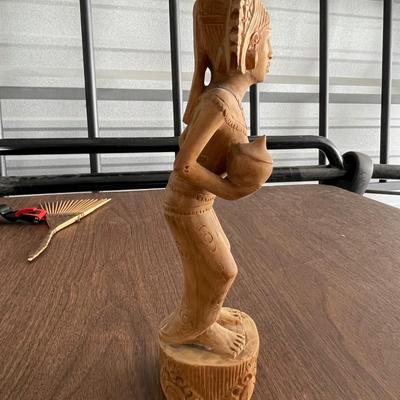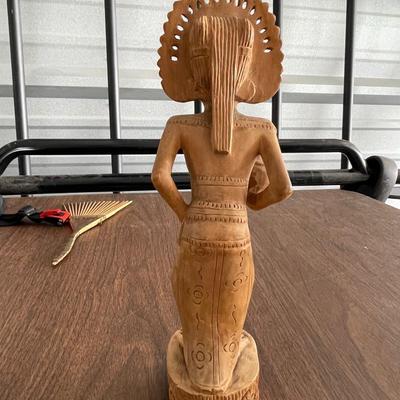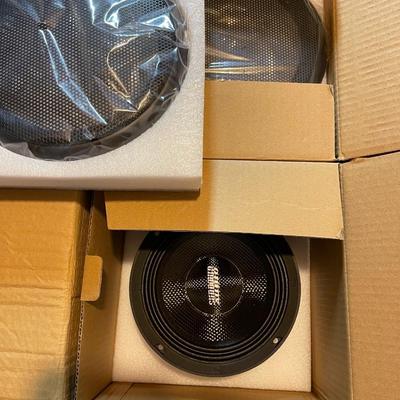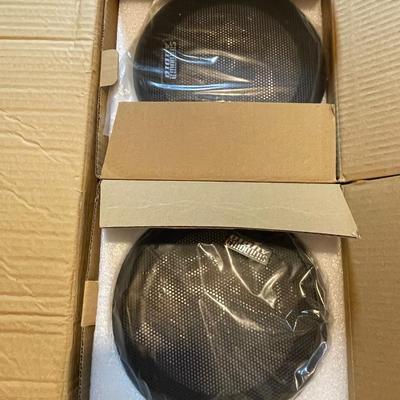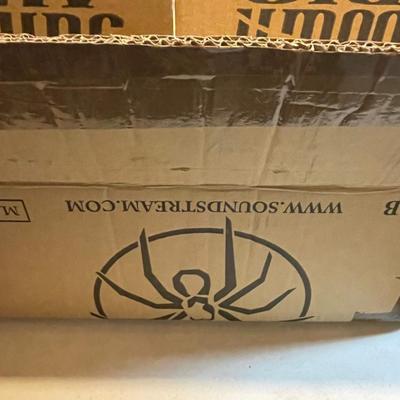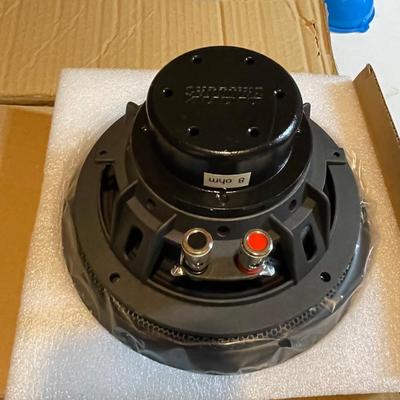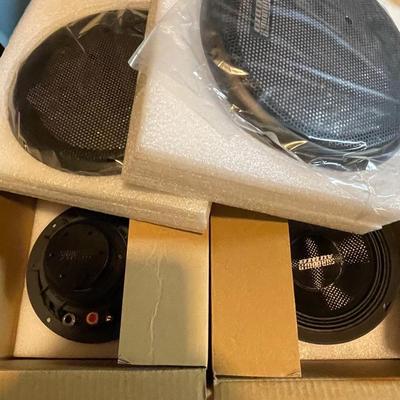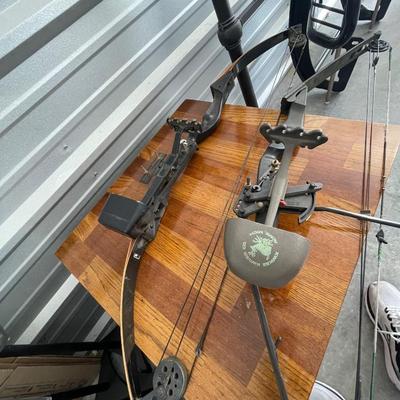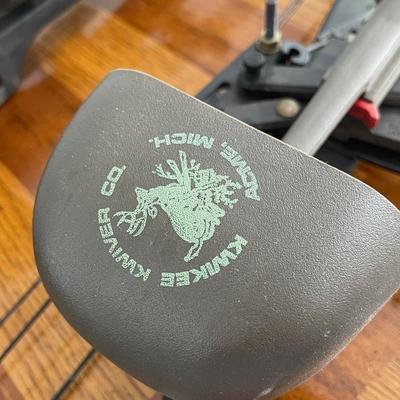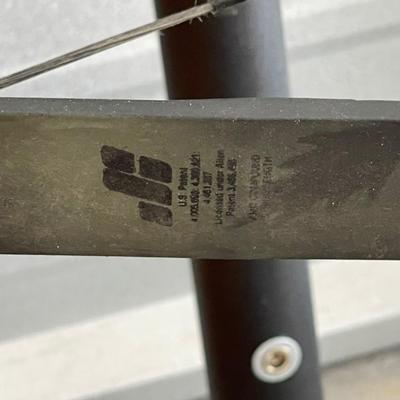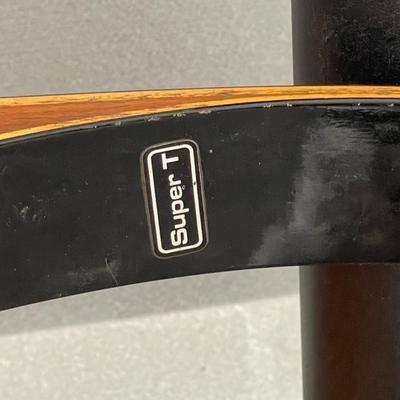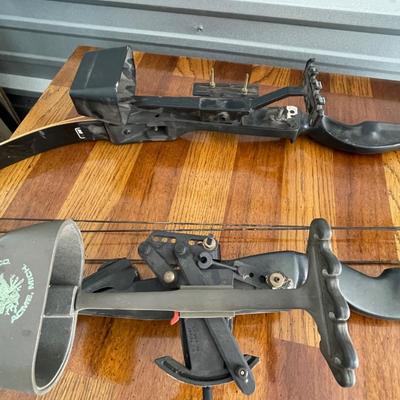-
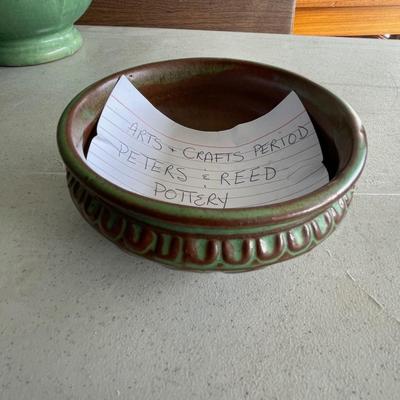
Nice A&C period P&R bowl 7" x 5" 8 / 486 sold -
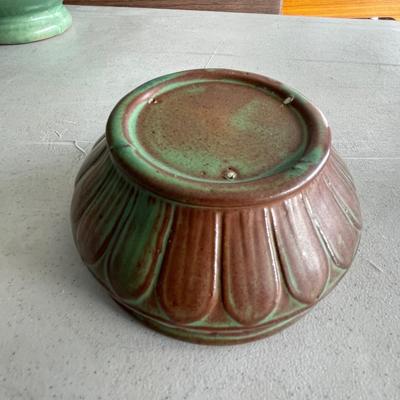
Nice A&C period P&R bowl 7" x 5" 9 / 486 sold -
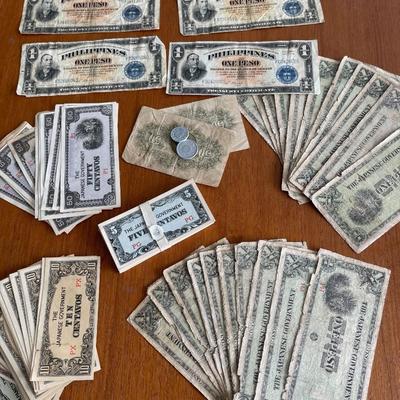
Large lot , some uncirculated 10 / 486 -
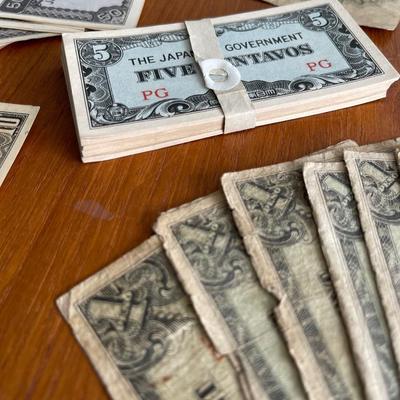
Large lot , some uncirculated 11 / 486 -
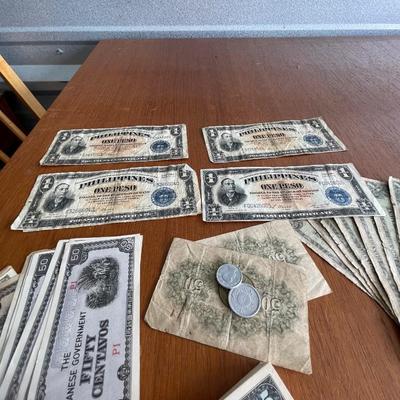
Large lot , some uncirculated 12 / 486 -
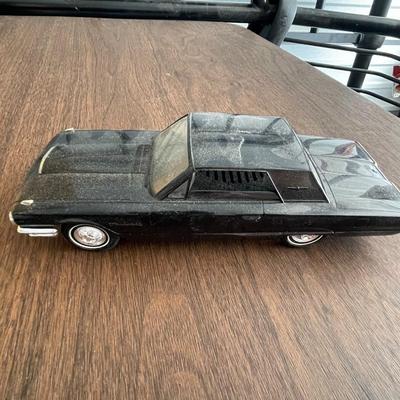
missing battery cover 13 / 486 sold -
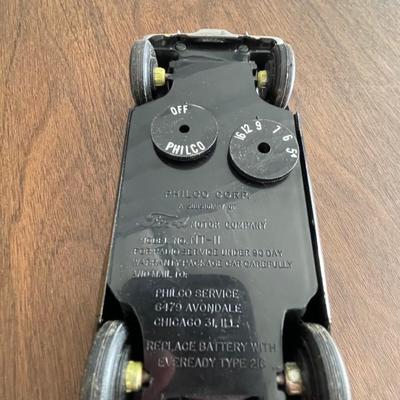
missing battery cover 14 / 486 sold -
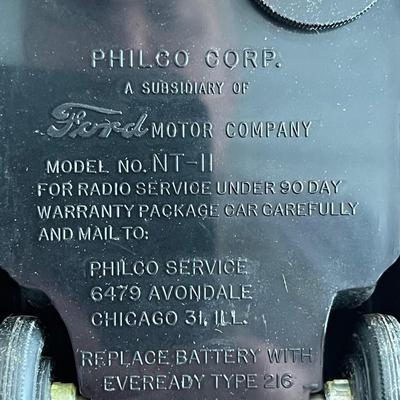
missing battery cover 15 / 486 sold -
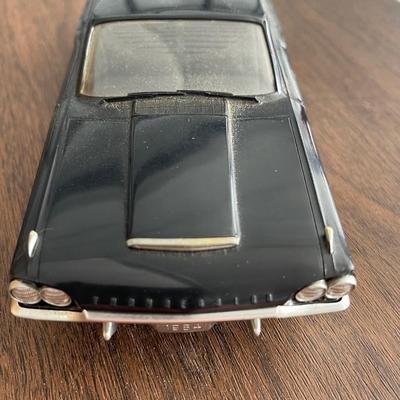
missing battery cover 16 / 486 sold -
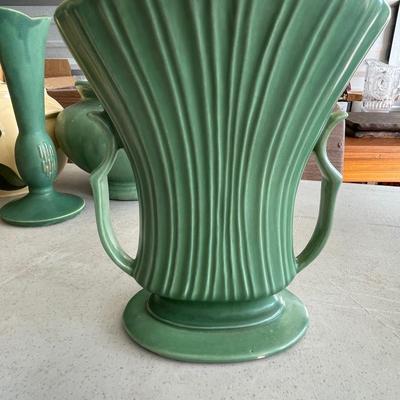
Double handle, mat green, 11" x 8" 17 / 486 sold -

Double handle, mat green, 11" x 8" 18 / 486 sold -
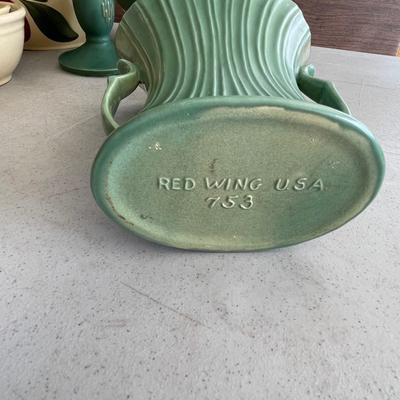
Double handle, mat green, 11" x 8" 19 / 486 sold -
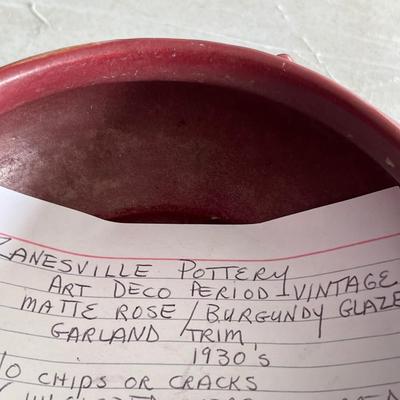
Deep red, 7" x 5" very good condition 20 / 486 sold -
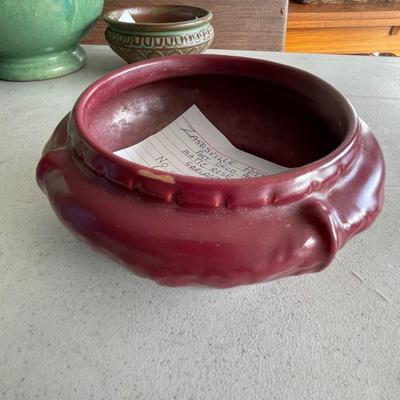
Deep red, 7" x 5" very good condition 21 / 486 sold -
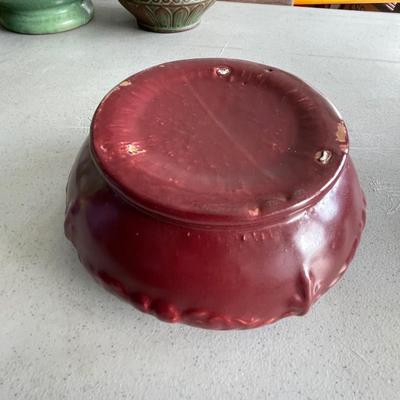
Deep red, 7" x 5" very good condition 22 / 486 sold -
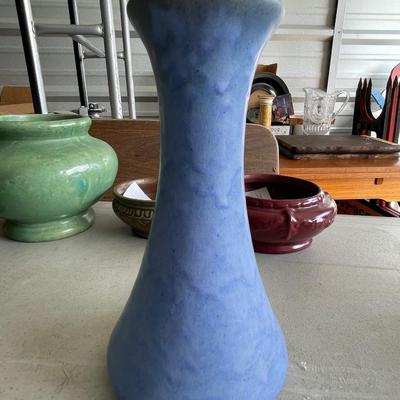
8" x 3" 23 / 486 sold -
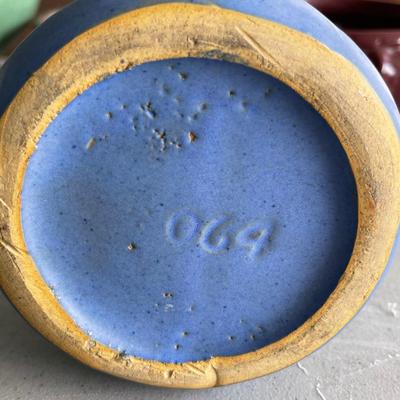
8" x 3" 24 / 486 sold -
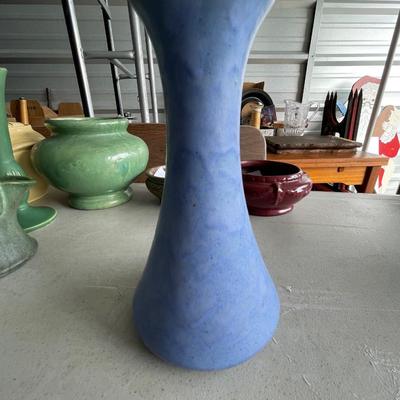
8" x 3" 25 / 486 sold -
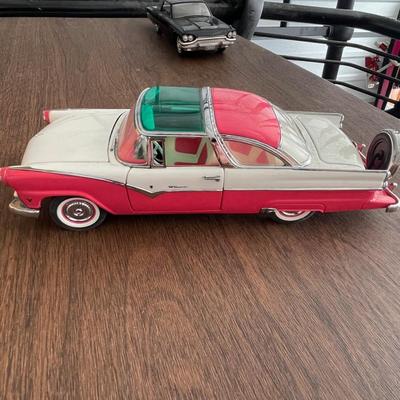
Super nice model car 26 / 486 sold -
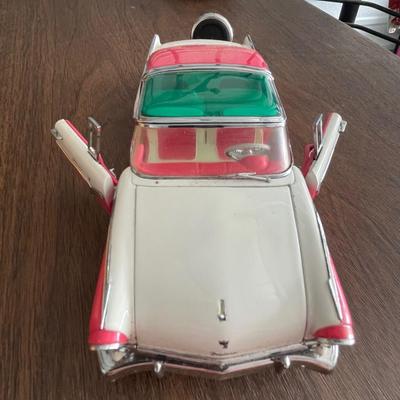
Super nice model car 27 / 486 sold -

Super nice model car 28 / 486 sold -
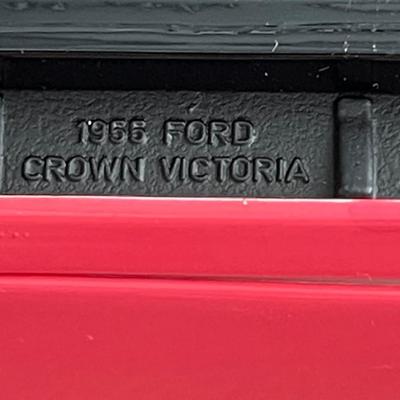
Super nice model car 29 / 486 sold -
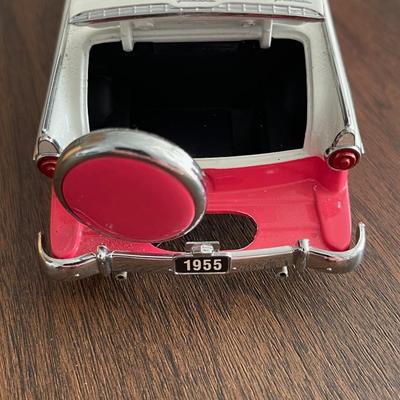
Super nice model car 30 / 486 sold -
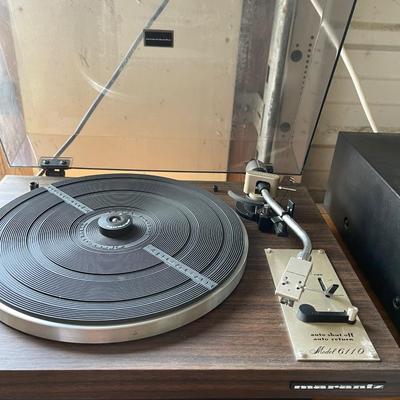
very good condition 31 / 486 sold -
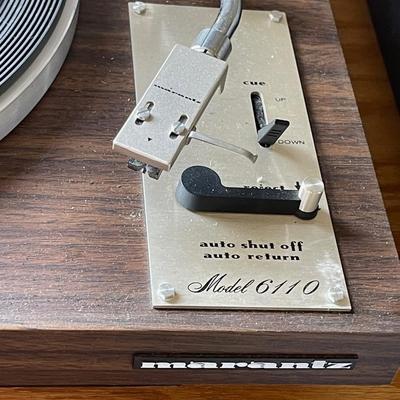
very good condition 32 / 486 sold -
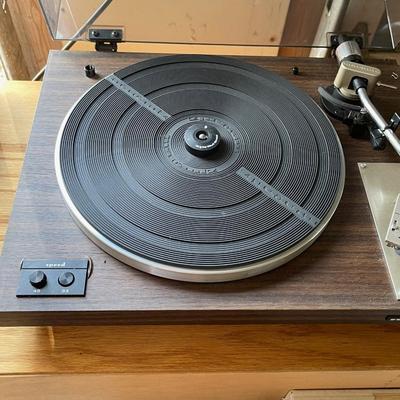
very good condition 33 / 486 sold -
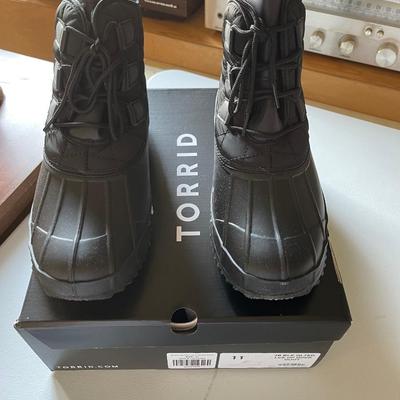
new 34 / 486 -
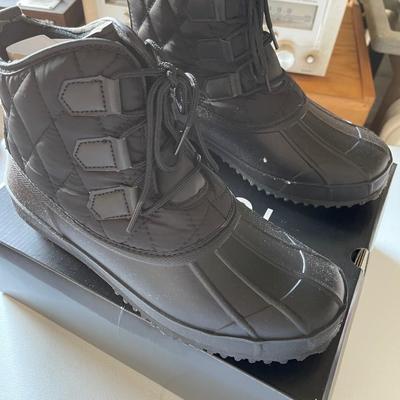
new 35 / 486 -
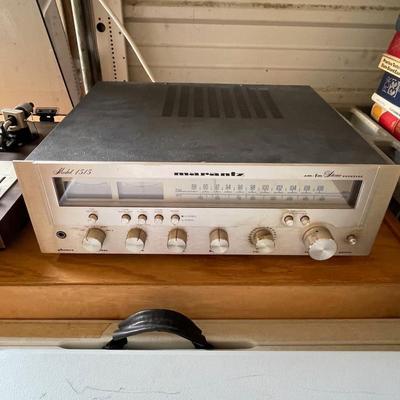
Nice clean stereo receiver 36 / 486 sold -
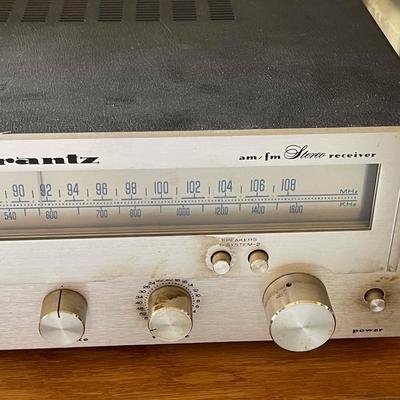
Nice clean stereo receiver 37 / 486 sold -
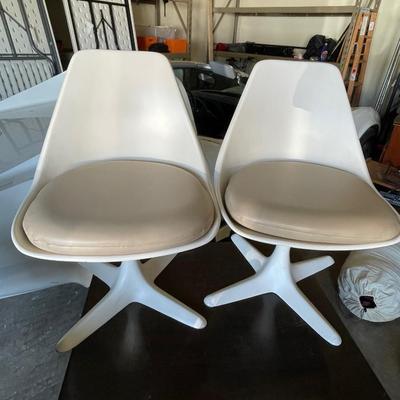
very nice condition 38 / 486 -
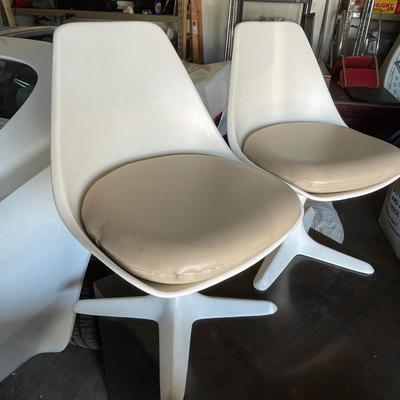
very nice condition 39 / 486 -
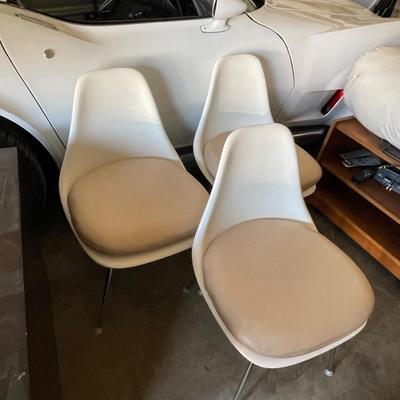
Very nice condition 40 / 486 -
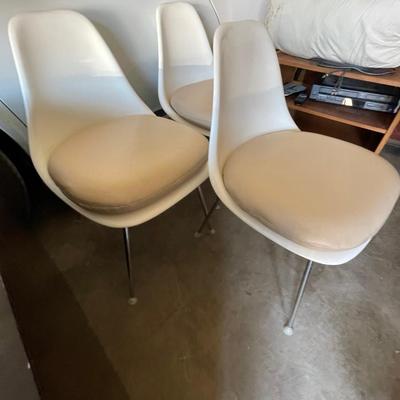
Very nice condition 41 / 486 -
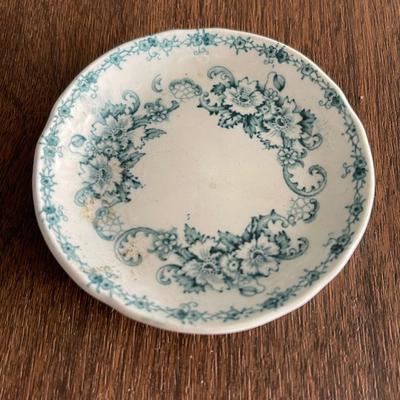
turn of the century 42 / 486 -
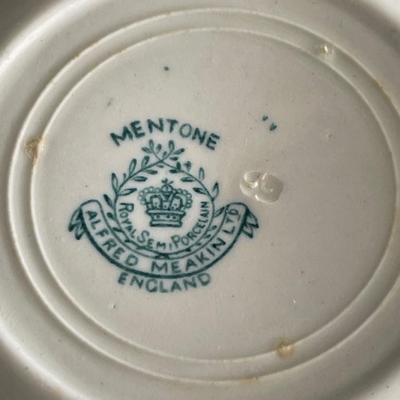
turn of the century 43 / 486 -
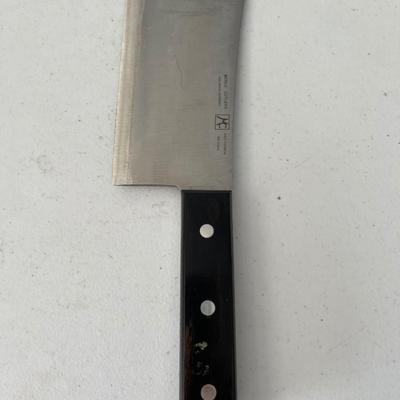
Full Tang 44 / 486 -
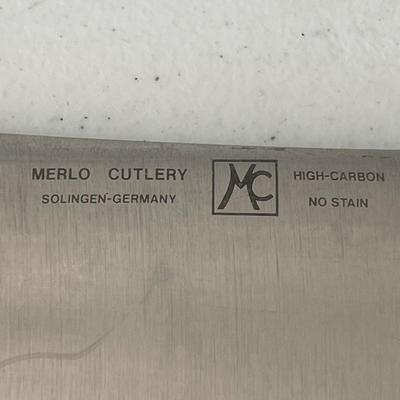
Full Tang 45 / 486 -
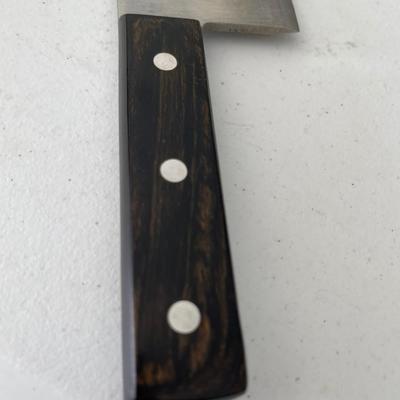
Full Tang 46 / 486 -
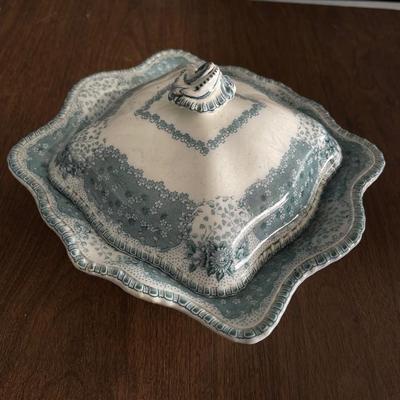
Large antique covered server 47 / 486 sold -
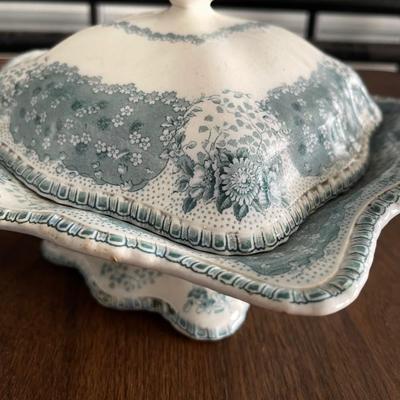
Large antique covered server 48 / 486 sold -
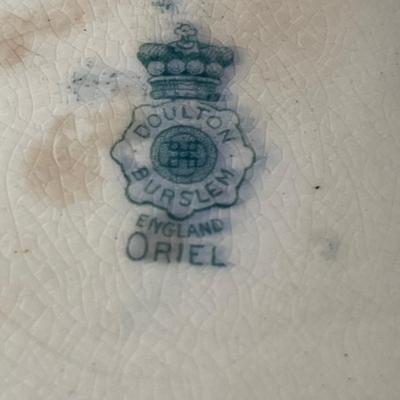
Large antique covered server 49 / 486 sold -
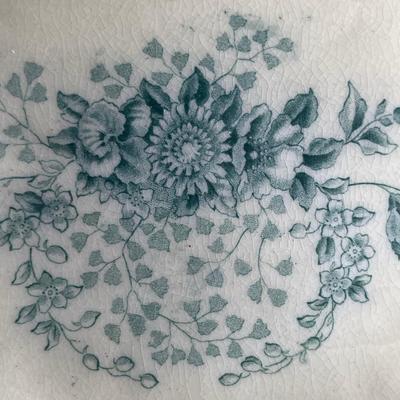
Large antique covered server 50 / 486 sold -
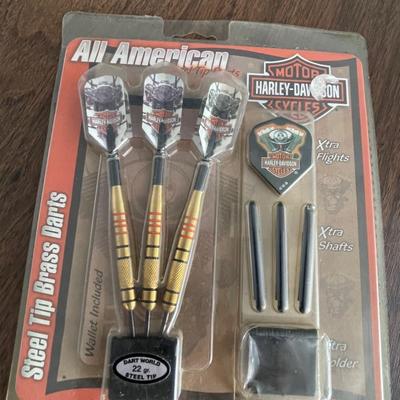
New in Package 51 / 486 -
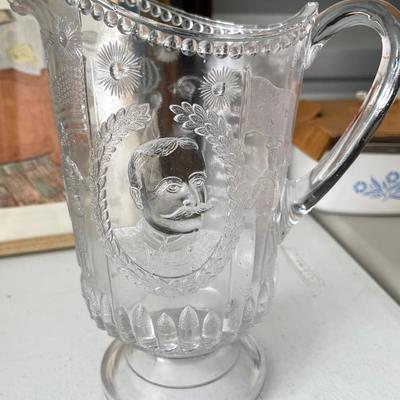
Original - not a reproduction Just after midnight on May 1, 1898, the USS Olympia led the United States’s Asiatic Squadron quietly through the calm, glassy waters of the Boca Grande Channel, between the island of Corregidor and the coast of Luzon in the Philippines. The United States was at war with Spain, and the American squadron was preparing to attack a Spanish fleet in Manila Bay. As Sunday morning dawned hours later, the Olympia’s commander, Captain Charles Gridley, waited for the order to fire his ship’s guns. The order would come from the squadron’s commander, Commodore George Dewey, who watched from atop the Olympia’s flying bridge as shore batteries fired harmlessly at the advancing column of American ships. At 5:40 A.M. Dewey finally hailed Gridley with the now-famous words, “You may fire when you are ready, Gridley.†The ensuing Battle of Manila Bay ended with the destruction of the Spanish fleet and the surrender of the Philippine capital of Manila. It signaled to the world that the United States was a major naval power and made Dewey a national hero. The pivotal sea battle also hastened the death of the terminally ill Captain Gridley. Though considered one of the best and brightest officers in the United States Navy at the time of his death, Gridley would probably be forgotten today if it weren’t for Dewey’s command. Charles Vernon Gridley was born in Logansport, Indiana, on November 24, 1844. When he was three, his father moved the family to Michigan. Thirteen years later Charles won an appointment from that state to the United States Naval Academy, graduating in 1863. Gridley’s first assignment was aboard the nine-gun steam sloop Oneida during the Civil War. As part of the Union fleet commanded by Admiral David Farragut, the Oneida participated in the capture of the Confederate port of Mobile, Alabama, on August 5, 1864. It was the only action Gridley saw during the first 33 years of his career. He spent the remainder of the war on blockade duty. Gridley left the Oneida in 1866 and subsequently received a number of routine assignments, including service in the South Atlantic Station, a four-year stint as an instructor at the Naval Academy, and the command of two training ships. In May 1872, he married Harriet Frances Vincent, and they had three children. On July 28, 1897, the 52-year-old Gridley reached the pinnacle of his career when he was given command of the USS Olympia. Launched in 1892, the 5,870- ton protected cruiser carried four 8-inch guns, ten 5-inch guns, and fourteen 6-pounders and was manned by a crew of 34 officers and 440 enlisted men. Gridley was particularly pleased with this appointment. Not only was the Olympia the flagship of the Asiatic Squadron, but squadron commander George Dewey was a close friend. The only circumstance marring this professional achievement was an intense pain that Gridley had begun experiencing in his right side. The fleet surgeon was unable to find a cause for Gridley’s discomfort or for the gradual weight loss that had taken him from a robust 200 pounds to 115. It is believed that he was probably suffering from liver cancer. 52 / 486 -
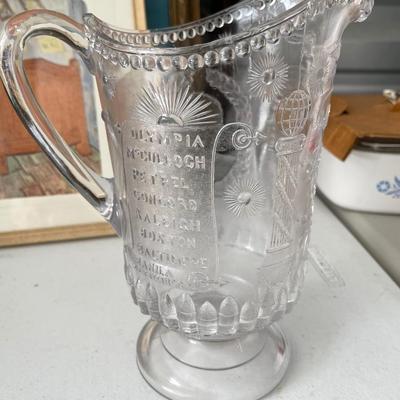
Original - not a reproduction Just after midnight on May 1, 1898, the USS Olympia led the United States’s Asiatic Squadron quietly through the calm, glassy waters of the Boca Grande Channel, between the island of Corregidor and the coast of Luzon in the Philippines. The United States was at war with Spain, and the American squadron was preparing to attack a Spanish fleet in Manila Bay. As Sunday morning dawned hours later, the Olympia’s commander, Captain Charles Gridley, waited for the order to fire his ship’s guns. The order would come from the squadron’s commander, Commodore George Dewey, who watched from atop the Olympia’s flying bridge as shore batteries fired harmlessly at the advancing column of American ships. At 5:40 A.M. Dewey finally hailed Gridley with the now-famous words, “You may fire when you are ready, Gridley.†The ensuing Battle of Manila Bay ended with the destruction of the Spanish fleet and the surrender of the Philippine capital of Manila. It signaled to the world that the United States was a major naval power and made Dewey a national hero. The pivotal sea battle also hastened the death of the terminally ill Captain Gridley. Though considered one of the best and brightest officers in the United States Navy at the time of his death, Gridley would probably be forgotten today if it weren’t for Dewey’s command. Charles Vernon Gridley was born in Logansport, Indiana, on November 24, 1844. When he was three, his father moved the family to Michigan. Thirteen years later Charles won an appointment from that state to the United States Naval Academy, graduating in 1863. Gridley’s first assignment was aboard the nine-gun steam sloop Oneida during the Civil War. As part of the Union fleet commanded by Admiral David Farragut, the Oneida participated in the capture of the Confederate port of Mobile, Alabama, on August 5, 1864. It was the only action Gridley saw during the first 33 years of his career. He spent the remainder of the war on blockade duty. Gridley left the Oneida in 1866 and subsequently received a number of routine assignments, including service in the South Atlantic Station, a four-year stint as an instructor at the Naval Academy, and the command of two training ships. In May 1872, he married Harriet Frances Vincent, and they had three children. On July 28, 1897, the 52-year-old Gridley reached the pinnacle of his career when he was given command of the USS Olympia. Launched in 1892, the 5,870- ton protected cruiser carried four 8-inch guns, ten 5-inch guns, and fourteen 6-pounders and was manned by a crew of 34 officers and 440 enlisted men. Gridley was particularly pleased with this appointment. Not only was the Olympia the flagship of the Asiatic Squadron, but squadron commander George Dewey was a close friend. The only circumstance marring this professional achievement was an intense pain that Gridley had begun experiencing in his right side. The fleet surgeon was unable to find a cause for Gridley’s discomfort or for the gradual weight loss that had taken him from a robust 200 pounds to 115. It is believed that he was probably suffering from liver cancer. 53 / 486 -
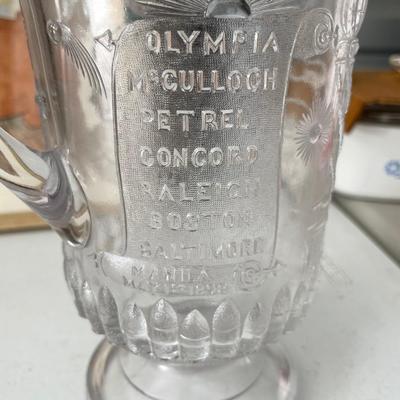
Original - not a reproduction Just after midnight on May 1, 1898, the USS Olympia led the United States’s Asiatic Squadron quietly through the calm, glassy waters of the Boca Grande Channel, between the island of Corregidor and the coast of Luzon in the Philippines. The United States was at war with Spain, and the American squadron was preparing to attack a Spanish fleet in Manila Bay. As Sunday morning dawned hours later, the Olympia’s commander, Captain Charles Gridley, waited for the order to fire his ship’s guns. The order would come from the squadron’s commander, Commodore George Dewey, who watched from atop the Olympia’s flying bridge as shore batteries fired harmlessly at the advancing column of American ships. At 5:40 A.M. Dewey finally hailed Gridley with the now-famous words, “You may fire when you are ready, Gridley.†The ensuing Battle of Manila Bay ended with the destruction of the Spanish fleet and the surrender of the Philippine capital of Manila. It signaled to the world that the United States was a major naval power and made Dewey a national hero. The pivotal sea battle also hastened the death of the terminally ill Captain Gridley. Though considered one of the best and brightest officers in the United States Navy at the time of his death, Gridley would probably be forgotten today if it weren’t for Dewey’s command. Charles Vernon Gridley was born in Logansport, Indiana, on November 24, 1844. When he was three, his father moved the family to Michigan. Thirteen years later Charles won an appointment from that state to the United States Naval Academy, graduating in 1863. Gridley’s first assignment was aboard the nine-gun steam sloop Oneida during the Civil War. As part of the Union fleet commanded by Admiral David Farragut, the Oneida participated in the capture of the Confederate port of Mobile, Alabama, on August 5, 1864. It was the only action Gridley saw during the first 33 years of his career. He spent the remainder of the war on blockade duty. Gridley left the Oneida in 1866 and subsequently received a number of routine assignments, including service in the South Atlantic Station, a four-year stint as an instructor at the Naval Academy, and the command of two training ships. In May 1872, he married Harriet Frances Vincent, and they had three children. On July 28, 1897, the 52-year-old Gridley reached the pinnacle of his career when he was given command of the USS Olympia. Launched in 1892, the 5,870- ton protected cruiser carried four 8-inch guns, ten 5-inch guns, and fourteen 6-pounders and was manned by a crew of 34 officers and 440 enlisted men. Gridley was particularly pleased with this appointment. Not only was the Olympia the flagship of the Asiatic Squadron, but squadron commander George Dewey was a close friend. The only circumstance marring this professional achievement was an intense pain that Gridley had begun experiencing in his right side. The fleet surgeon was unable to find a cause for Gridley’s discomfort or for the gradual weight loss that had taken him from a robust 200 pounds to 115. It is believed that he was probably suffering from liver cancer. 54 / 486 -
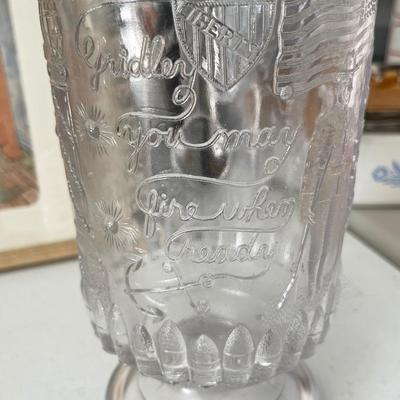
Original - not a reproduction Just after midnight on May 1, 1898, the USS Olympia led the United States’s Asiatic Squadron quietly through the calm, glassy waters of the Boca Grande Channel, between the island of Corregidor and the coast of Luzon in the Philippines. The United States was at war with Spain, and the American squadron was preparing to attack a Spanish fleet in Manila Bay. As Sunday morning dawned hours later, the Olympia’s commander, Captain Charles Gridley, waited for the order to fire his ship’s guns. The order would come from the squadron’s commander, Commodore George Dewey, who watched from atop the Olympia’s flying bridge as shore batteries fired harmlessly at the advancing column of American ships. At 5:40 A.M. Dewey finally hailed Gridley with the now-famous words, “You may fire when you are ready, Gridley.†The ensuing Battle of Manila Bay ended with the destruction of the Spanish fleet and the surrender of the Philippine capital of Manila. It signaled to the world that the United States was a major naval power and made Dewey a national hero. The pivotal sea battle also hastened the death of the terminally ill Captain Gridley. Though considered one of the best and brightest officers in the United States Navy at the time of his death, Gridley would probably be forgotten today if it weren’t for Dewey’s command. Charles Vernon Gridley was born in Logansport, Indiana, on November 24, 1844. When he was three, his father moved the family to Michigan. Thirteen years later Charles won an appointment from that state to the United States Naval Academy, graduating in 1863. Gridley’s first assignment was aboard the nine-gun steam sloop Oneida during the Civil War. As part of the Union fleet commanded by Admiral David Farragut, the Oneida participated in the capture of the Confederate port of Mobile, Alabama, on August 5, 1864. It was the only action Gridley saw during the first 33 years of his career. He spent the remainder of the war on blockade duty. Gridley left the Oneida in 1866 and subsequently received a number of routine assignments, including service in the South Atlantic Station, a four-year stint as an instructor at the Naval Academy, and the command of two training ships. In May 1872, he married Harriet Frances Vincent, and they had three children. On July 28, 1897, the 52-year-old Gridley reached the pinnacle of his career when he was given command of the USS Olympia. Launched in 1892, the 5,870- ton protected cruiser carried four 8-inch guns, ten 5-inch guns, and fourteen 6-pounders and was manned by a crew of 34 officers and 440 enlisted men. Gridley was particularly pleased with this appointment. Not only was the Olympia the flagship of the Asiatic Squadron, but squadron commander George Dewey was a close friend. The only circumstance marring this professional achievement was an intense pain that Gridley had begun experiencing in his right side. The fleet surgeon was unable to find a cause for Gridley’s discomfort or for the gradual weight loss that had taken him from a robust 200 pounds to 115. It is believed that he was probably suffering from liver cancer. 55 / 486 -
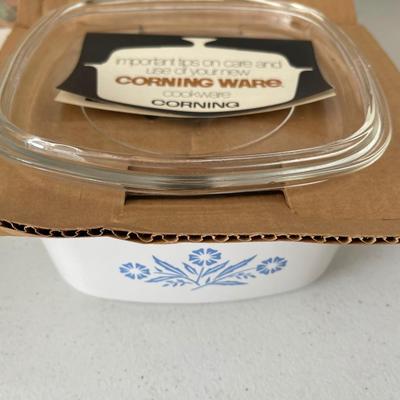
one 2 qt NOS with lid - never used 56 / 486 sold -
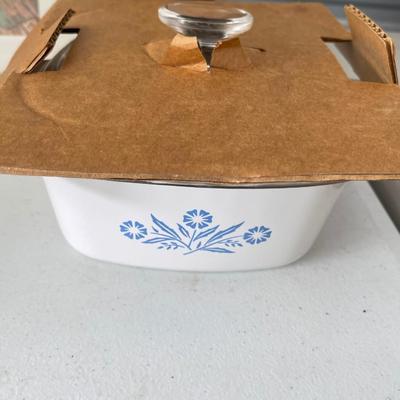
one 2 qt NOS with lid - never used 57 / 486 sold -
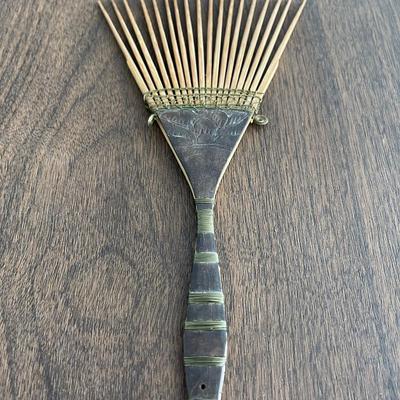
Nice detailed hair comb from Africa 68 / 486 sold -
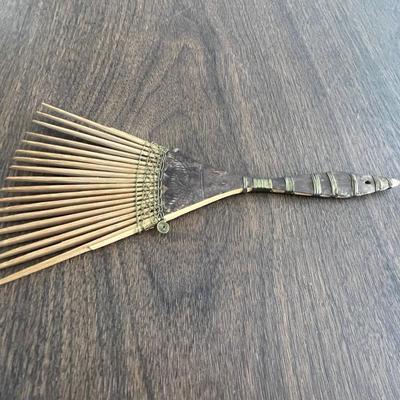
Nice detailed hair comb from Africa 69 / 486 sold -
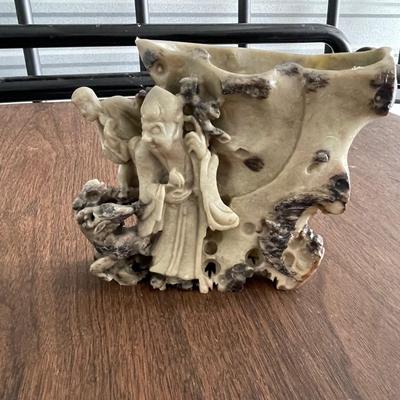
High detail, heavy stone 73 / 486 sold -
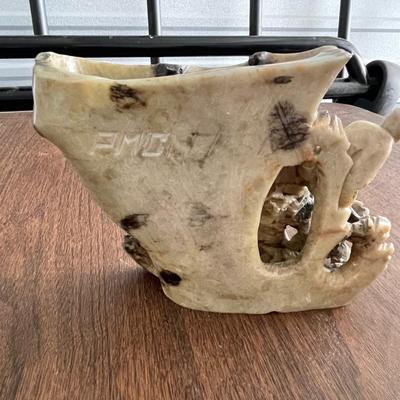
High detail, heavy stone 74 / 486 sold -
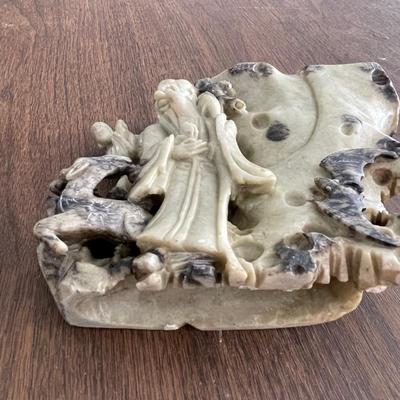
High detail, heavy stone 75 / 486 sold -
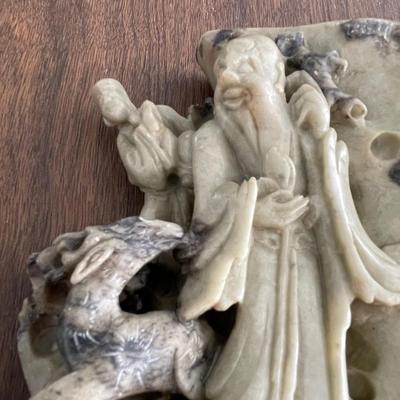
High detail, heavy stone 76 / 486 sold -
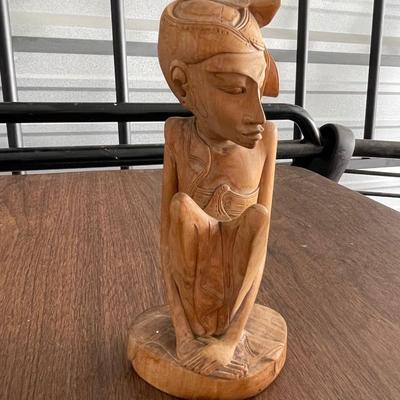
hand carved resting nymph 82 / 486 -
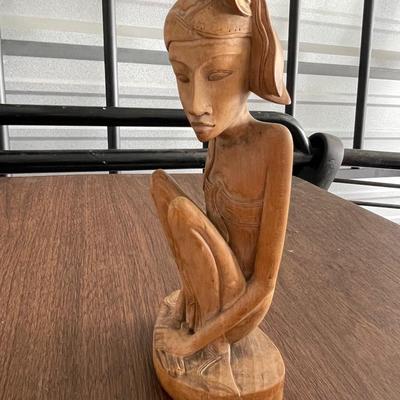
hand carved resting nymph 83 / 486 -
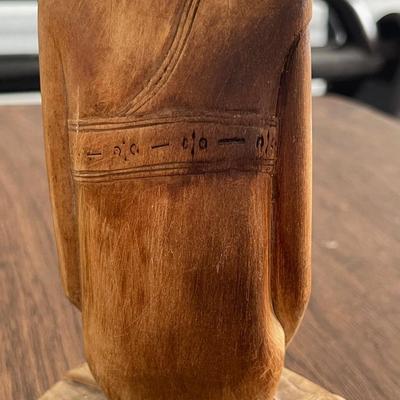
hand carved resting nymph 84 / 486 -
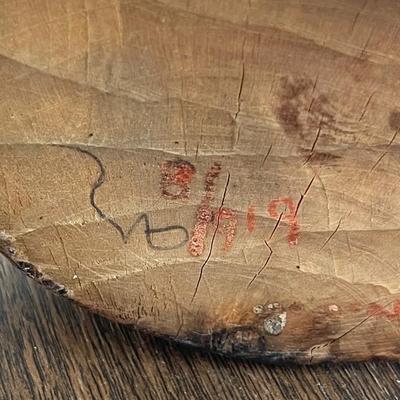
hand carved resting nymph 85 / 486 -
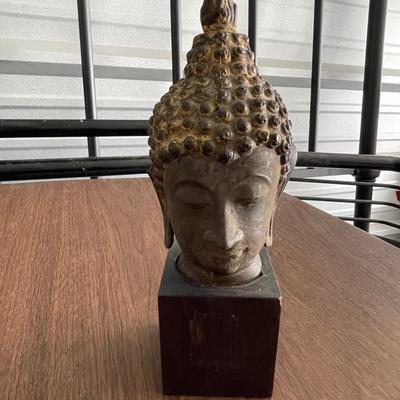
hand carved 86 / 486 sold -
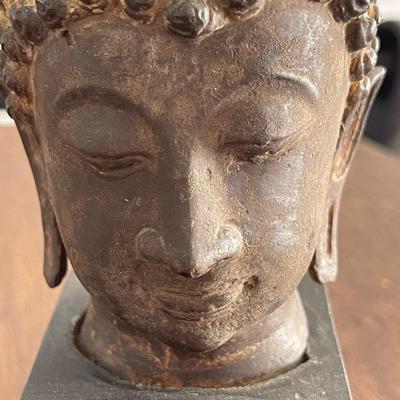
hand carved 87 / 486 sold -
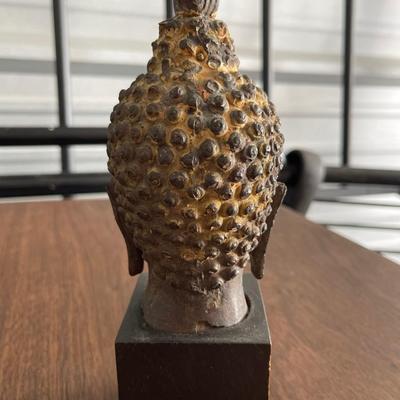
hand carved 88 / 486 sold -

Nice heavy side table 89 / 486 -
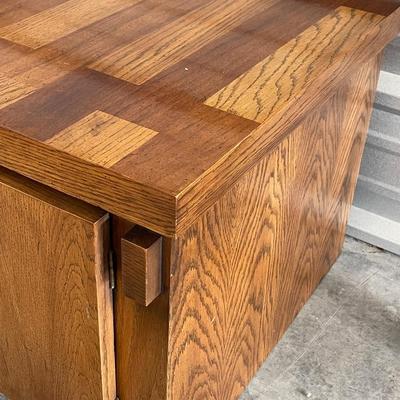
Nice heavy side table 90 / 486 -
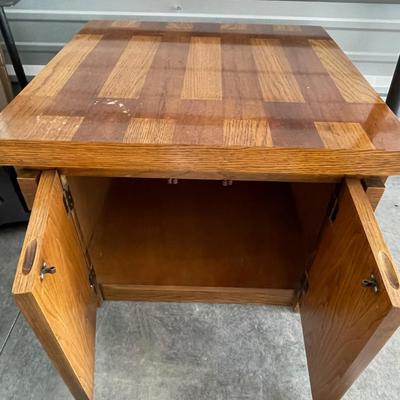
Nice heavy side table 91 / 486 -
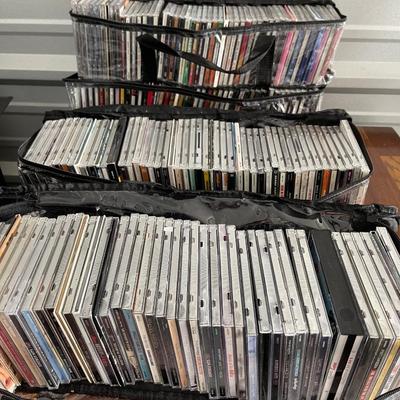
200 CD's 97 / 486 -
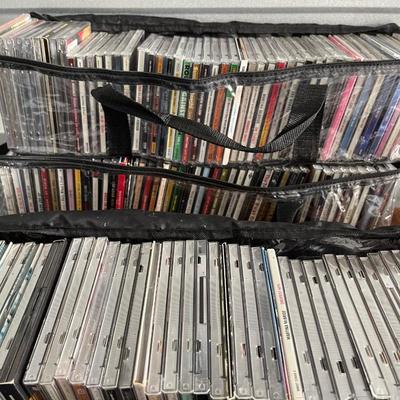
200 CD's 98 / 486 -
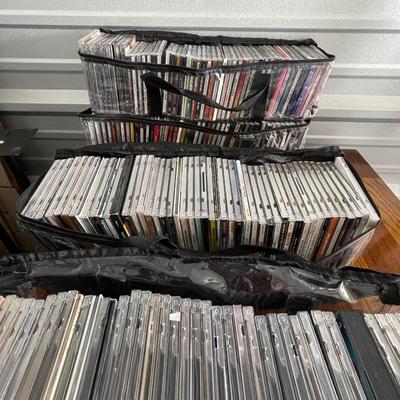
200 CD's 99 / 486 -
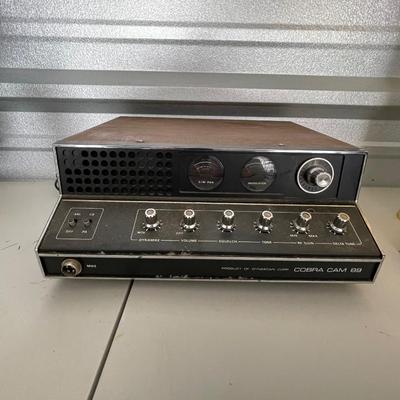
Strong unit 100 / 486
Photos 1 - 100 of 486
Per page:
